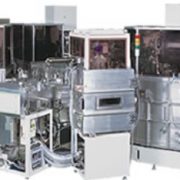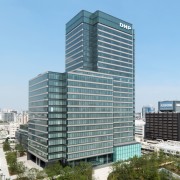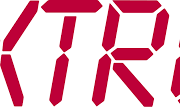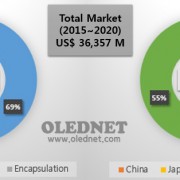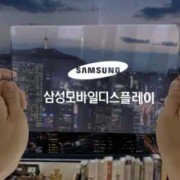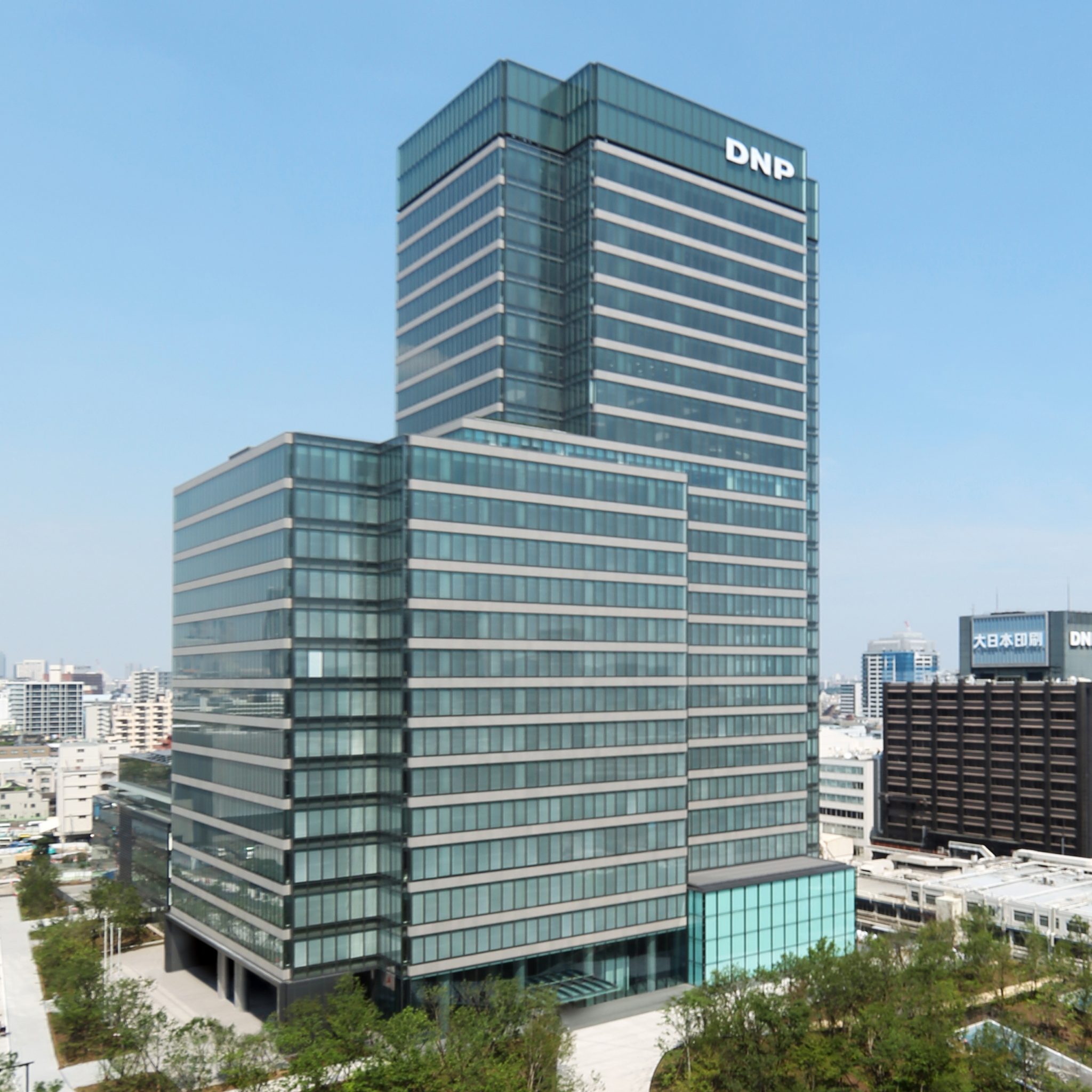
Source = Dai Nippon Printing
Hyunjoo Kang / jjoo@olednet.com
Japan’s Nikkei recently reported that Japan’s Dai Nippon Printing will expand their capa. by 3 times. Dai Nippon Printing occupies 50% of the global OLED evaporation mask market as a dominating leader of the market.
Dai Nippon Printing is planning to invest USD 54.6 million in stages until 2020. Through this, the company is striving to strengthen their position as the evaporation mask leader in the OLED market where a rapid growth is expected.
Evaporation mask is used when red, green, and blue emitting materials are coated in order to produce OLED panel production. The performance of the mask is directly related to increasing the panel resolution. Dai Nippon Printing is aiming to increase their client base in future and achieve revenue of JPY 30,000 million in 2020, which is 3 times higher than the current revenue.
Nikkei also reported that Japan’s Screen Holdings began manufacturing equipment to mass produce OLED panel. The company only handled test production manufacturing equipment, but they recently developed product compatible with Gen6 substrate, and began supplying to panel mass production line from April. The manufacturing equipment is used to coat polyimide, high performance resin to produce OLED panel.
Display related Japanese industry, following Korean and Chinese, is also busy to seize the OLED market, which is expected to rapidly grow.


